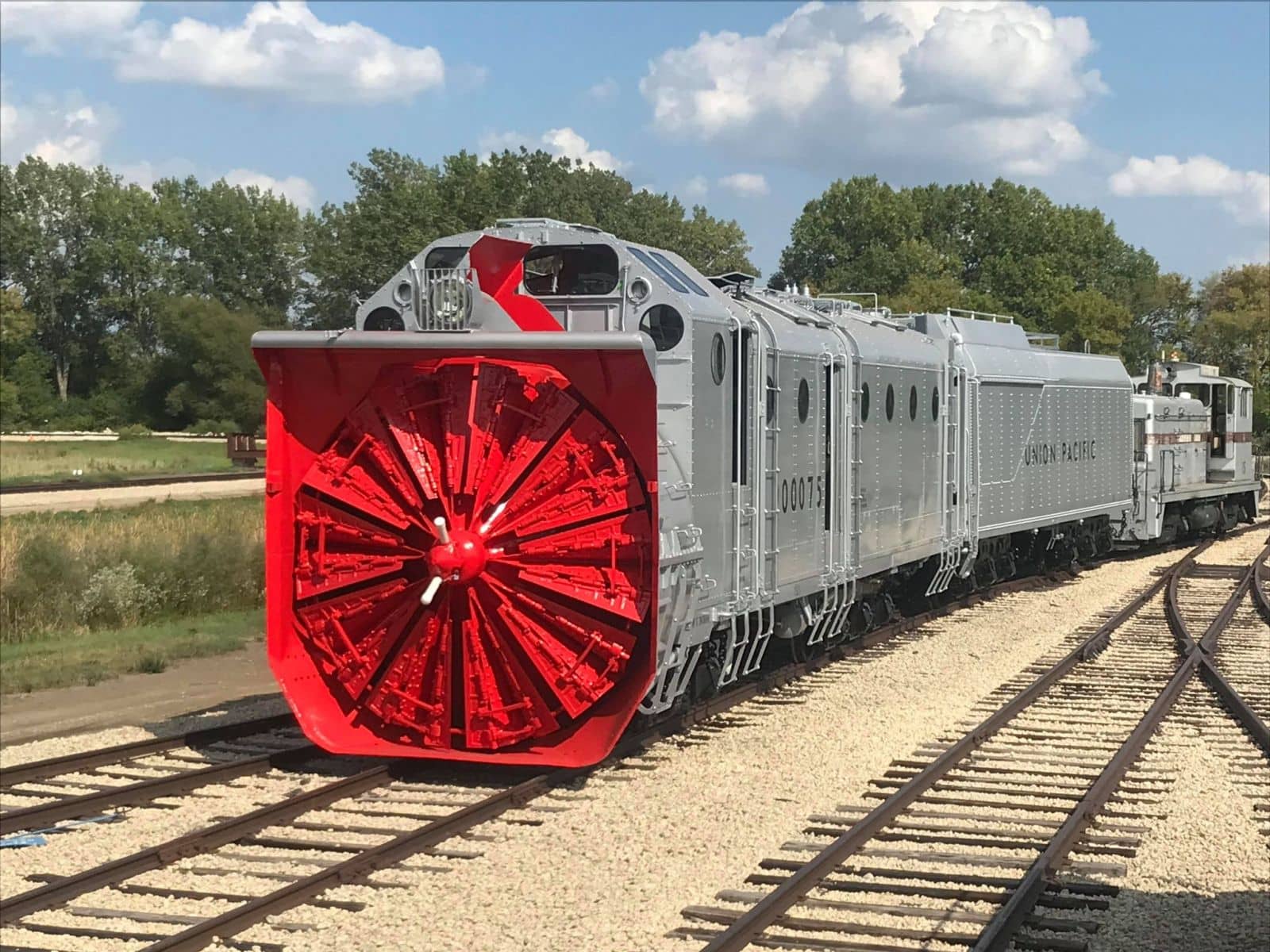Some excellent news is that the Mount Rainier Scenic Railroad & Logging Museum is going to be reopening after being closed by parent company American Heritage Rails in 2020. The closing was always a little bit murky, since AHR claimed they were just shutting down temporarily due to Covid, but then employees revealed internal memos saying they were being permanently let go, and then AHR walked back the claim of temporary closure and announced the closure was permanent and that they were looking to sell off the MRSR. The sale was then tied up the fact that the Mt. Rainier Railroad and Logging Museum is a for-profit entity but much of the equipment and the railroad itself was owned by a non-profit, the Western Forest Industries Museum.
The Western Forest Industries Museum, who originally founded the museum in 1980, has reformed and is taking control of operations again, after handing the reins to AHR back in 2016. When AHR took over the Mount Rainier Scenic operations in 2016, they described the entire railroad as being in a state of disrepair, and they put quite a bit of money into getting things into shape. Between that and the wildfire at the Durango & Silverton in 2018, also an AHR operation, I have to wonder if maybe AHR just overextended themselves a little.
Mount Rainier Scenic has a roster of operating locomotives that include the only operational Willamette gear-drive locomotive, a logger Mikado formerly of Polson Logging, a Hammond Lumber Co. 2-8-2T logging tank engine, and a Northern Pacific EMD F9A. Also in their collection is the final standard gauge Climax built, one of five surviving Pacific Coast Shays, a rare 3-truck West Coast Special Heisler, and a 2-8-2 tender engine that is believed to be the largest locomotive built by H.K. Porter. They run over 7 miles of ex-Milawukee Road trackage between Elbe, Washington and Mineral, Washington.





















































